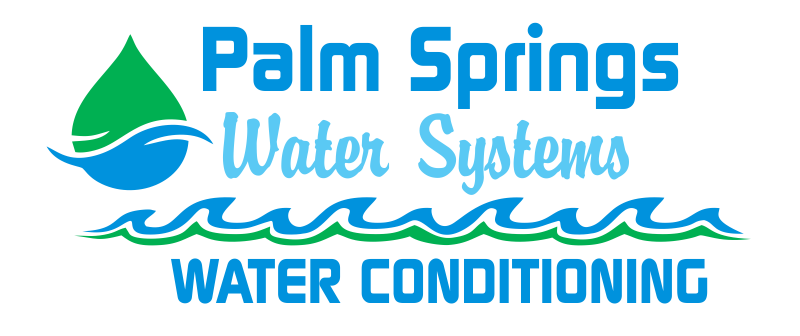It’s a seemingly simple question, but the answer can get complicated. Is California tap water safe to drink? High levels of arsenic have been found in California’s drinking water supply as recently as July, while parts of the state have been receiving arsenic-tainted water since 2019. The Environmental Protection Agency (EPA) examined one community’s drinking water only to find that levels of the toxic chemical were nearly ten times higher than the legal limit.
Currently, nearly one million Californians are drinking toxic water. A recent report concludes that California residents “face possible long-term, negative health outcomes – including an increased risk of liver and kidney problems, as well as cancer – because they receive unsafe drinking water from a failing water system.” Some communities have been on the “fail” list for years, yet residents are kept waiting for budget allocations and more legislation.
Symptoms of Arsenic Exposure
Do you know the signs of arsenic poisoning? Since arsenic is tasteless and odorless, arsenic poisoning can be difficult to identify. “The symptoms of being poisoned by arsenic are really vague,” says environmental biologist Ryan Sinclair. He points out that there’s no way of confirming the presence of arsenic simply from the taste, smell, or appearance of the water.
Yet for one small Southern California community, it was obvious that something was wrong. Residents reported living with “foamy, smelly water that peeled the skin off children who bathed in it.” While cloudy or discolored tap water does not always indicate the presence of arsenic, it could be a sign of the presence of other contaminants.
A person who has ingested a harmful amount of arsenic may show symptoms within 30 minutes to an hour. Symptoms may include drowsiness, confusion, headaches, and diarrhea. Another sign of arsenic poisoning is a change in fingernail color. In more severe cases, the person may report a metallic or garlic taste in their mouth, excess saliva, cramps, bloody urine, and problems swallowing. Arsenic poisoning can result in convulsions, coma, and death.
What Is Arsenic?
Although it can be found in natural geological formations, arsenic is a highly toxic element in its organic form. Found in the earth’s crust, arsenic can enter the groundwater and contaminate the water supply. Affecting almost 500 million people around the world, arsenic contamination in groundwater poses one of the biggest threats to public health, even today.
There are regulations in place to protect against arsenic and other hazardous contaminants in the water supply. For drinking water, the EPA and the World Health Organization set the limit for arsenic to 10 parts per billion (ppb). For the workplace, OSHA has set the permissible exposure limit, or PEL, to 10 micrograms of arsenic per cubic meter of air.
Across the United States and around the world, arsenic contamination carries the potential to compromise clean drinking water supplies and endanger personal health. Some Californians have been left to rely on bottled water, but they aren’t the only ones vulnerable. Recent testing in New York showed arsenic levels between 12 and 14 parts per billion– way above federal safety standards.
Dangers of Arsenic Contamination
Even short-term exposure to high levels of arsenic has been proven to carry negative health implications. Long-term exposure to arsenic-tainted water has been linked to several types of cancer, skin disorders, increased risk for diabetes and high blood pressure, plus documented cognitive development problems in children. Arsenic affects the lungs, liver, skin, and kidneys. Long-term exposure over time can result in coma and death.
Do not use contaminated water for drinking, cooking, or farming. Since wells are more susceptible to arsenic contamination, it’s important to test your well for arsenic annually, preferably in the spring.
How to Prevent Arsenic Contamination
Protect yourself from arsenic exposure and contamination by taking preventative measures.
- Test your water regularly.
The EPA’s Safe Drinking Water Act provides for the testing of municipal water supplies, but homeowners are responsible for private wells. Test your well for arsenic each year. You can also test nearby water sources in an effort to identify the contamination source.
- Harvest rainwater responsibly.
Collecting rainwater is a great way to conserve water, but the practice is unregulated in the United States. Experts agree that arsenic concentrations in rainwater can vary by region, so it’s best to test before tasting. Check safe storing plans to protect against mosquitos and other naturally occurring contaminants.
- Dig deep down.
Homes supplied by well water are more vulnerable to arsenic contamination, but it helps to dig deep! Deeper wells are less likely to carry traces of arsenic. And for those on the city tap, it might be time to really think about where your water comes from!
- Treat your drinking water.
To remove arsenic from drinking water, the CDC recommends certified treatment systems, including distillation, ion exchange, and reverse osmosis.
Finding a Safe Drinking Water Solution
Is California tap water safe to drink? Well, that depends on a number of factors, but don’t leave your health to chance. The quality of the municipal water supply may fluctuate, but you can remain confident in the quality of your drinking water.
Reverse osmosis multi-membrane filtration systems effectively reduce harmful contaminants like arsenic, providing the freshest, cleanest water straight from your home tap. Reverse osmosis filtration is certified by NSF and the California Department of Public Health and is the most cost-effective way to guarantee safe drinking water at home.
At Palm Springs Water Systems, we understand the importance of safe drinking water solutions for our families now and in the future. If you’re ready to learn more about eco-friendly water treatment options, give us a call today!
